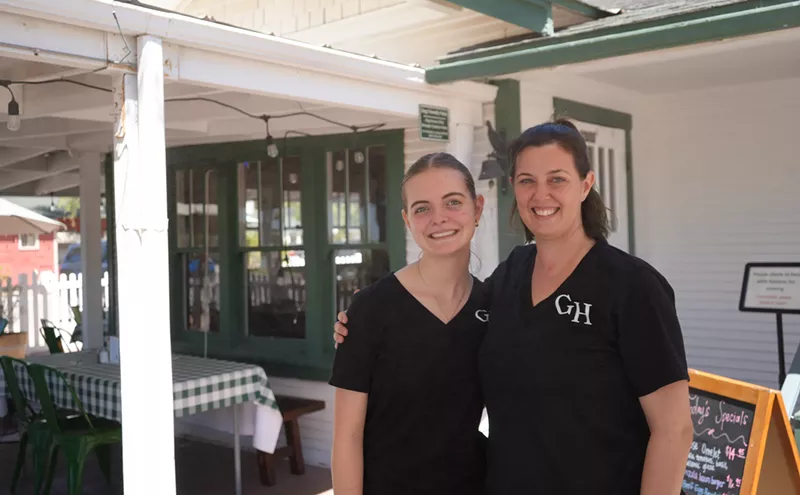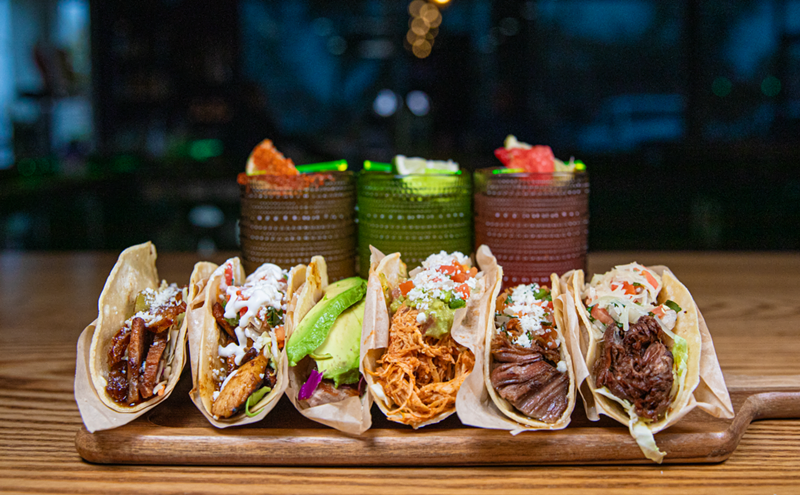According to a recent Wall Street Journal article, chefs on the lookout for the next cutting-edge taste sensation have stumbled on what may be the ultimate culinary trend: garbage.
That's right. All sorts of awful-sounding stuff -- stuff that used to be tossed out along with the carrot peels, tea leaves and chicken heads -- is finding its way onto the toniest menus.
We're talking crud like whitebait, a fish that usually ends up on the end of a fishhook. One supplier admits that this wormy-looking creature resembles "spaghetti with two eyes." At one New York restaurant, the chef gently coats it with flour and fries it in olive oil. "The right size depends on if I can eat them without getting a bone caught in my throat," he says. "If it goes down like a French fry, that's the right size." At $10.95, it sounds like a real appetizer bargain.
What else have chefs rescued from the garbage heap? How about monkfish cheeks? Years ago, fishermen used to throw the entire fish overboard rather than haul it back to port -- nobody would buy it. The golf-ball-size cheeks are supposedly very sweet. For $26, at one San Francisco hot spot, you can get them in a saffron tomato sauce. One customer, urged to order it by his wife, couldn't quite get in the spirit. "The idea of eating anything with a face is distressing," he reported.
Naturally, greens like dill and parsley no longer get needles jumping on foodie excitement meters. So clever chefs are employing novel flavor enhancers, like purslane and stinging nettles. You know them by another name -- weeds.
Purslane, a crunchy, lemony weed, grows in the cracks of sidewalks. Stinging nettles can get so tough that Native Americans used to make fishing line out of them. Touch them before they're cooked, and you'll find yourself with a rash. One Washington restaurant pairs them with mushrooms to make a soup.
Looking for something out of the ordinary? Try pico roca. They're barnacles the size of coffee cans that fishermen scrape off rocks in Chile. One purveyor admits that while cooking, pico roca "stinks to holy hell." But he insists that the crablike meat is "luscious." You'll find them at Patria, in New York, where the chef stuffs an avocado with them.
Oddly enough, though, Southwestern natives have long enjoyed a food that repulses the rest of the country. I'm referring to huitlacoche, a corn fungus revered in Mexico for its musky, earthy, trufflelike intensity. But American farmers whose corn is infected will destroy their crop. You can try huitlacoche at La Hacienda, the fancy Mexican restaurant at the Scottsdale Princess resort, or, more cheaply, at La Guadalupana, on the southeast corner of 16th Street and Oak.
Suggestions? Write me at [email protected] or New Times, P.O. Box 2510, Phoenix, AZ 85002.












